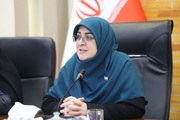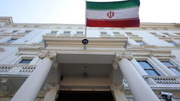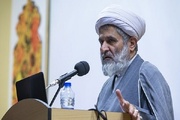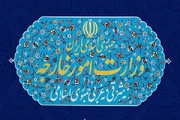Iran is living up to its promises and has been on time completing projects, said Tajik Minister of Transportation and Communications Sher Ali Ganjalizadeh while dismissing the claims made by some media that the Iranian construction company has left the project after making 30% progress.
The Tajik minister also added that Iran benefits from the railroad under construction which links the Iranian rail network to the city of Kashgar in China via Tajikistan and Afghanistan and reassured that Iran has been committed to the schedule by the day.
He pointed to traditional Silk Road corridor connecting China to Iran and West, and said that the Kashgar-Heart railroad corridor revives the ancient East-West corridor of Silk Road.
In an agreement signed between Iran, Kirgizstan, Afghanistan, Tajikistan and China in 2002 the countries scheduled to link their railroads and Iran offered help to Tajikistan to construct Tajik part of the project.
Out of 2,260 kilometers of the rail corridor which connects Iran, Afghanistan, Tajikistan, Kyrgyzstan and China, 392 kilometers are in Tajik land.
Hailing the Iranian side of the story, he blamed the Kyrgyz party not putting any step forward towards the project.
The most complicated part of the project is a 270 km-long section that includes 16 km of tunnels and 47 bridges, and needs about USD 8-10 million for every kilometer of the line. The first phase of the project is 335.4 km and will cost USD 169.5 while the second phase needs USD 96.4 million in investment. The final stage which includes building anti-avalanche structures will cost USD 30 million.
Built over the last century, 15,000 km railroad tracks in Iran are currently connected to Turkmenistan through Gorgan city, to Iraq via Shalamcheh border crossing, to Azerbaijan through Astara port city, and also to Afghanistan through Khaf-Herat railroad.
Rail transport in Tajikistan is limited, as the railroad system totals only 680 kilometers of track, and also passenger transit of it has been hindered by periodic failures of Tajik Railways to pay transit tariffs and by safety issues.
Iran was the first nation to establish an embassy in Dushanbe. It was also one of the first countries to extend diplomatic recognition of the newly independent Tajikistan in 1991. Iran provided diplomatic assistance and built new mosques within Tajikistan. Due to the resurgence of Iranian culture within Tajikistan, Iran helped encourage cultural exchange through conferences, media, and film festivals. Iranian television programs, magazines, and books became increasingly common in Tajikistan.
In 1995, Tajikistan opened its first embassy in Tehran and relations have since grown stronger, as the two nations cooperate in the energy sector and officials from both nations have supported stronger ties.

























Your Comment